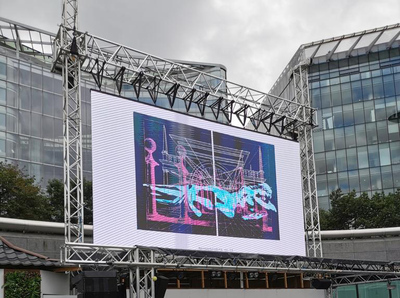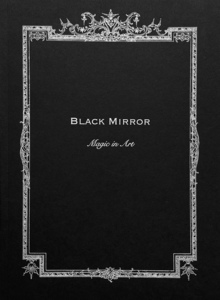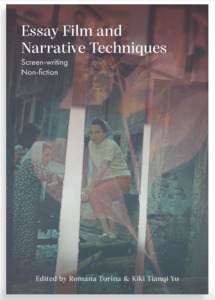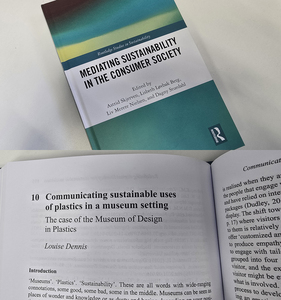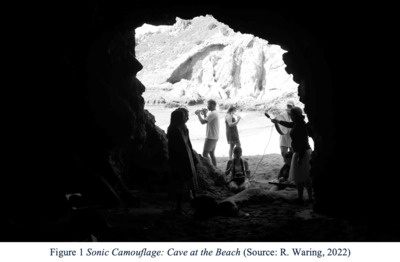In recent years, the mainstream press in the UK and France have devoted significant attention to illustrated imagery in communicating contemporary events. In particular, the illustrated image via reportage has become a prominent tool for articulating the identities of individuals at the margin of society, for example victims of war, refugees and displaced people. This article explores this alternative method of reporting by focusing on the considerable coverage that the Jungle camp at Calais has received through reportage across the British and French press and beyond. Utilising Fuyuki Kurasawa’s essay ‘Humanitarianism and the Representation of Alterity: the Aporias and Prospects of Cosmopolitan Visuality’ (2010), the article looks at the reporting of the refugees’ situation through an analysis of illustrations presented in articles and blogs published by The Guardian, Le Monde, Libération and Arte. It examines the potential for reportage illustrations to provide ‘thicker’ representations, more complex discourses and new or alternative approaches to the construction of identities, in particular identities that constitute ‘the other’ within the contemporary European scopic regime. The article finds that the construction of the subjects’ identity follows established tropes which are related to the methods and conditions of creation, and that there is a need to query existing approaches in order to question dominant discourses of identity. Moreover, we suggest that within the case of such image making, it is the identity of the artist/publisher/reader that is ultimately asserted, within the context of a humanitarian discourse.
 |



 Lists
Lists Lists
Lists![BPTI 10 1e de couverture.jpg [thumbnail of BPTI 10 1e de couverture.jpg]](https://research.aub.ac.uk/304/1.haslightboxThumbnailVersion/BPTI%2010%201e%20de%20couverture.jpg)


